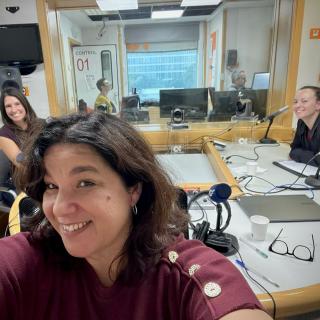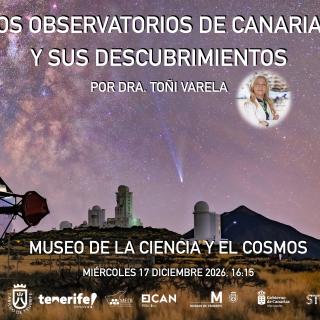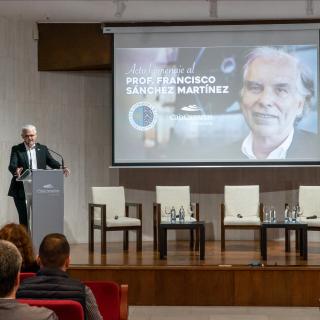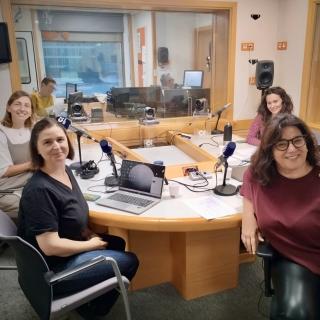
Esta semana, "Soñando Estrellas", el espacio radiofónico del Instituto de Astrofísica de Canarias (IAC) que se emite en La Radio de Canarias, invita a la audiencia a adentrarse en algunos de los fenómenos más energéticos y enigmáticos del Cosmos. El programa, conducido por la periodista científica del IAC Verónica Martín, se emitirá el viernes 12 de diciembre a las 22:30 horas, ofreciendo un viaje divulgativo que combina investigación puntera, historias personales y nuevas miradas para acercar la Astrofísica a toda la sociedad. En este episodio Alicia López Oramas, investigadora del IAC
Advertised on




